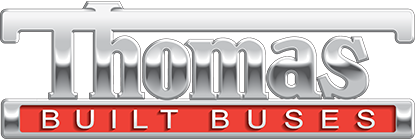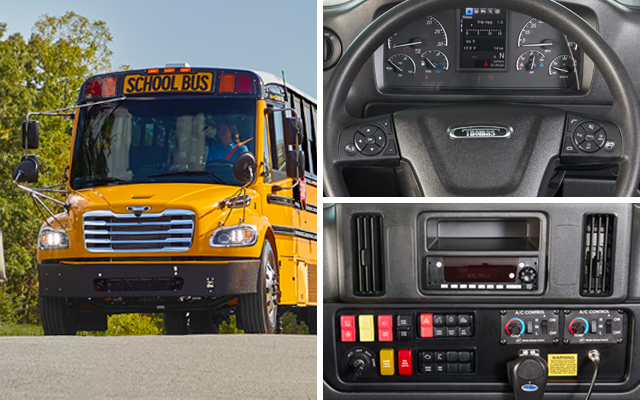
Upgrading the C2’s User-Experience for a New Era of Drivers
Student safety is in the hands of school bus drivers. The more comfortable and confident drivers feel, the more safely they drive.
For the last 20 years, Thomas Built Buses has supplied the industry with advanced electronics engineered with safety prioritized in every detail. Our Saf-T-Liner® C2 was designed…
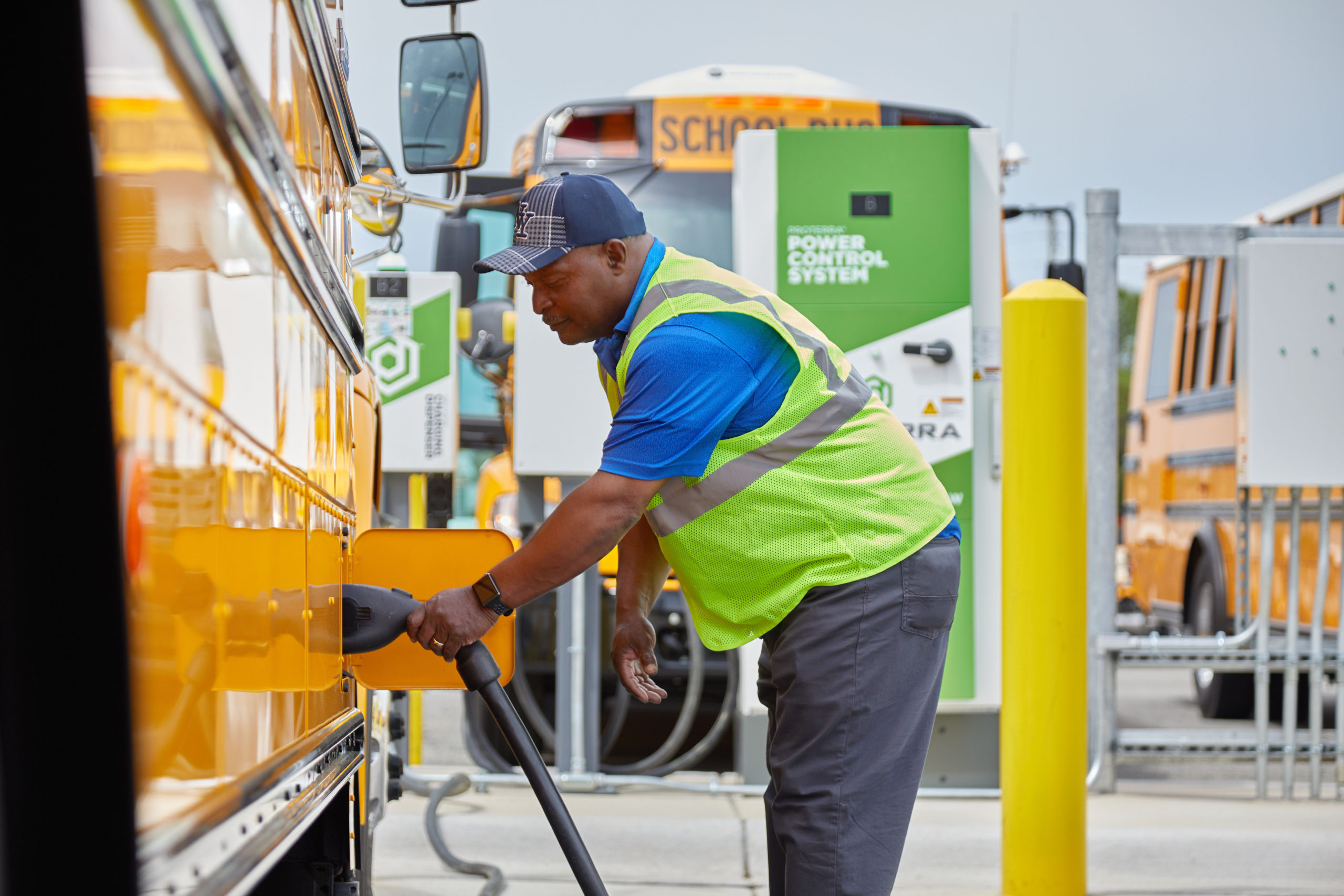
As electric school buses continue to gain momentum across the U.S. through federal incentives like the EPA’s Clean School Bus Program, school districts are looking for help in transitioning their traditional bus fleets to electric, including building out electric vehicle (EV) infrastructure.
Building and implementing charging infrastructure can be a daunting task, with challenges…

From Kendra Eads, VP of Engineering and Technology at Thomas Built Buses
As we gear up for the back-to-school season, it’s important to recognize the significant advancements in school bus technology that enhance the safety and well-being of our students during their daily journeys.
At Thomas Built Buses, our commitment to safety is evident in our mission and…
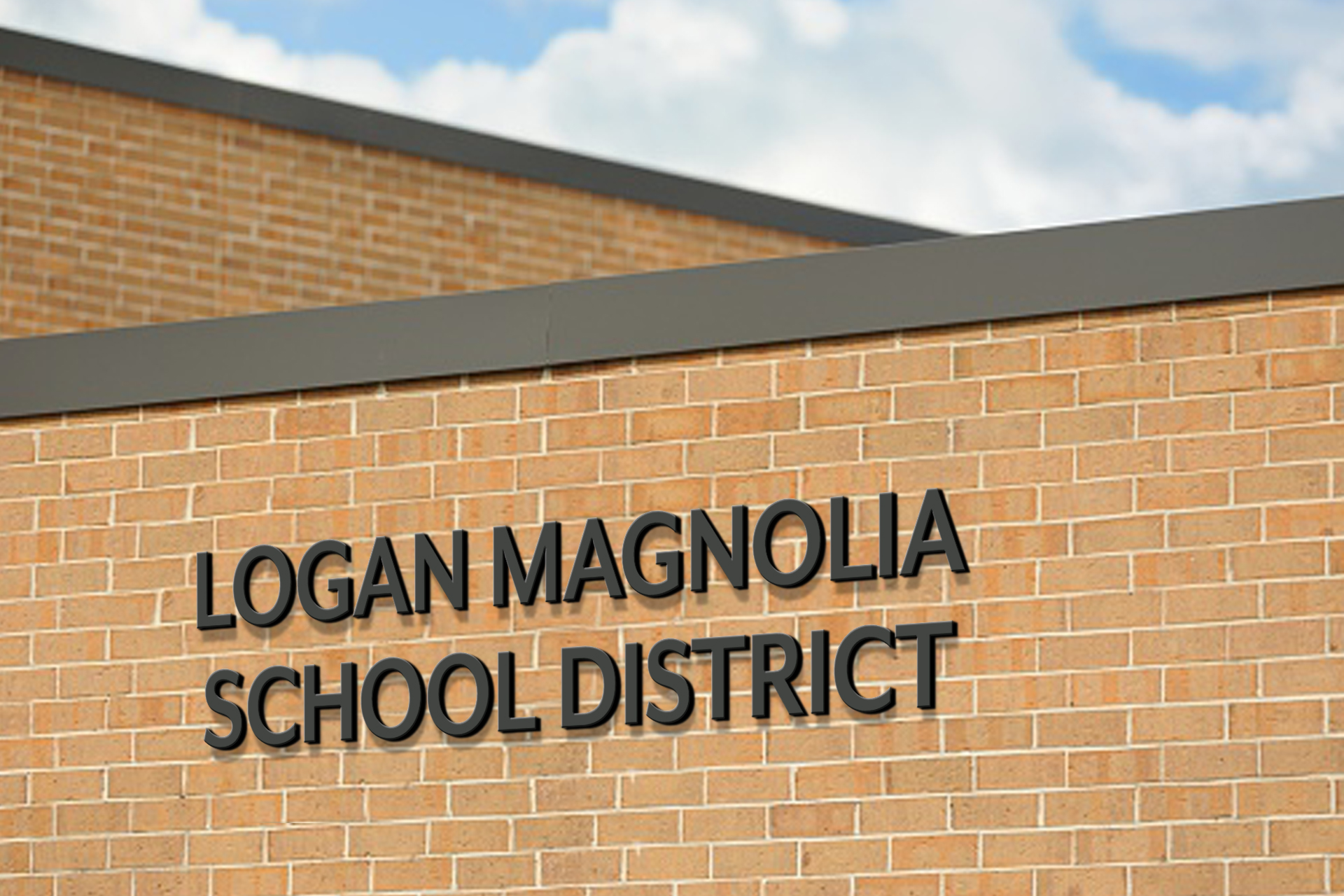
(Em)Powering a Greener Future: Logan-Magnolia Community Schools' Journey with Electric School Bus Infrastructure Consulting
In today’s educational landscape, schools across the country are making strides towards embracing sustainable solutions.
A prime example of this is unfolding at Logan-Magnolia Community Schools in Iowa, under the leadership of Kurtis Hinkel, the grounds and transportation director.
Fueled by the vision of transitioning their fleet to electric, the school district recently…
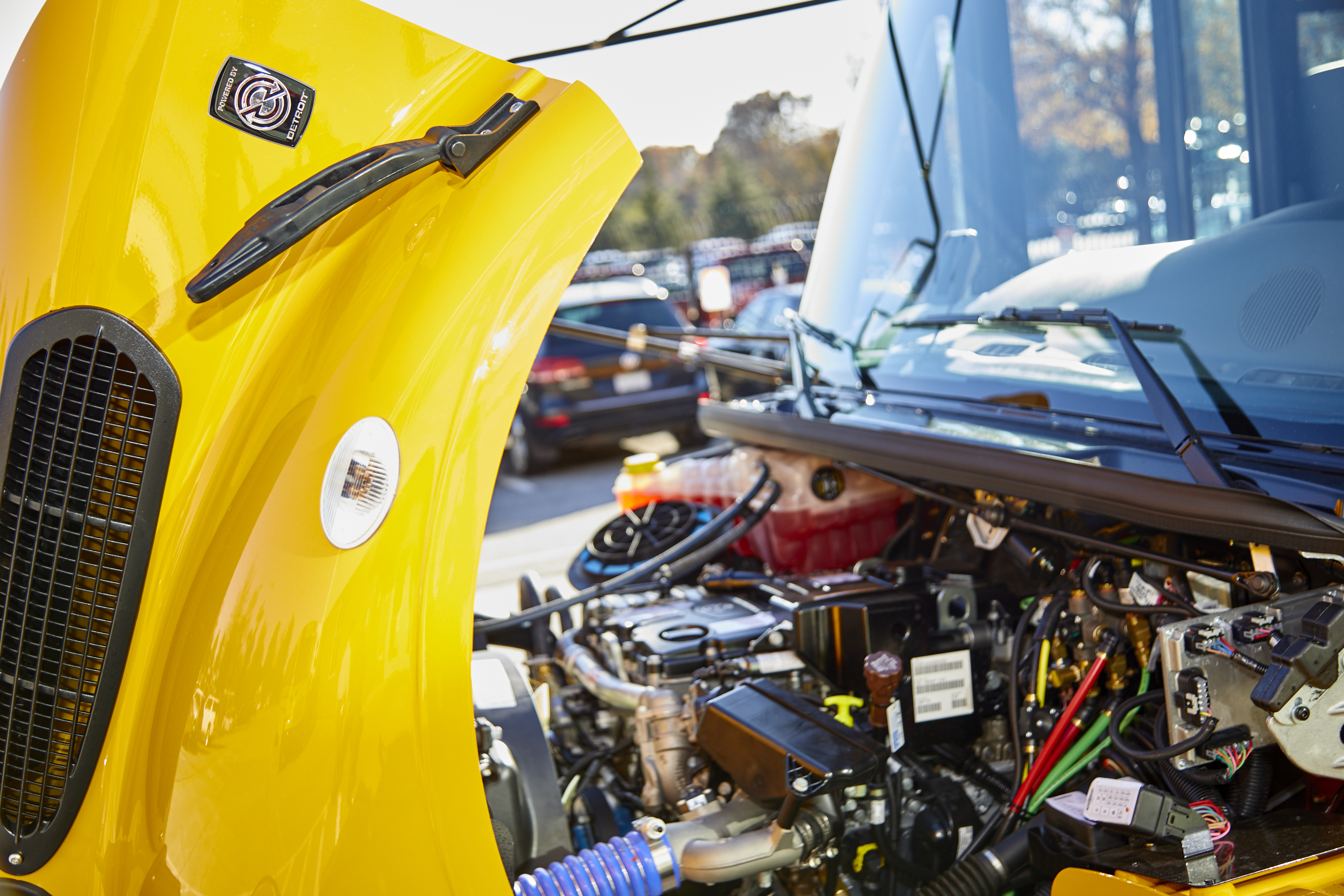 Detroit DD5 engine in the Saf-T-Liner C2
Detroit DD5 engine in the Saf-T-Liner C2
Diesel particulate filter (DPF) regeneration is one of the largest pain points for school bus operators and maintenance technicians. It’s not uncommon to hear of fleets who experience multiple regen issues a day, causing their buses to remain parked or on the side of the road in need of a manual regen.
“It’s been a pain,” said Charlie Turvin, fleet trainer for Loudoun County (Va.) Public Schools. “We had six to seven regens a day, which really hurt the efficiency of our fleet and added more work to our already-overworked technicians. Now, with new technology like Stay Warm, we are only seeing a handful of issues.”
Luckily, with new technology, diesel engine regens are becoming a thing of the past.
“We know that regens are frustrating to customers, which is why we’ve been investing in new technologies to diminish their impact,” said Caley Edgerly, president and CEO of Thomas Built Buses. “To date, we’ve worked with Cummins to promote a new Stay Warm feature for fleets with existing diesel engines. We’ve also been working with Detroit on the state-of-the-art Detroit™ DD5™ and DD8™ engines, which offer best-in-class aftertreatment systems that nearly eliminate all regen issues.”
Understanding Regens
Before we skip to how to fix regen issues, it helps to first understand what regens are. Beginning around 2007, school buses were equipped with diesel particulate filters, aimed at collecting soot to decrease exhaust emissions. Although DPF filters lead to cleaner emissions, the soot that builds up within them must be cleaned out. This is done through a regeneration, which is when the soot is literally burned off the filter. The engine heats up, the buildup combusts into ash, and carbon dioxide is released. Easy enough, right? Well, not quite.
Many regens, especially in the trucking industry, happen as passive regens, which occur automatically. The exhaust temperatures in the engines heat up high enough to burn all the soot off, 662 degrees Fahrenheit to be exact. Passive regens occur without any other aids like fuel dosing. Passive regen just happens naturally with high exhaust temperatures.
The problem is, with their stop-and-go nature, school bus engines don’t get hot enough to regen on their own. This causes the DPF filter to get overloaded with soot, which is detected by pressure sensors in the engine. When the sensor is triggered, extra fuel is pumped into the diesel oxidation catalyst (DOC) to increase the temperature enough for a regen to automatically occur. This is known as an active regen. Just like passive regens, this occurs automatically so no action is needed from the driver or technician, and no warning lights are illuminated on the dashboard.
Here’s a better way to put it in perspective. Consider a burning campfire for example. When burning wet wood, the temperature from your fire is lower, and the smoke is prevalent. A camper without the proper adherence to safety may revert to assisting the fire with the addition of lighter fluid. The lighter fluid (like extra fuel in an engine) causes a higher temperature burn and the smoke goes away temporarily. This is an active regen. Comparatively, hardwoods that have dried out need no assistance to burn with little smoke. The clean blue flame from this dry wood creates very little smoke since the fire is burning at higher temperatures. This is passive regen.
Still good, right? Well, when technicians complain of having to perform 6-8 regens a day, they are referring to manual regens. This occurs when soot inside of the engine is high enough that a manual or forced regen is needed. When this happens, a “check engine light” is illuminated on the dashboard, and the bus must be parked, and the driver or technician must tell the bus to manually regenerate. Fuel is then injected into the exhaust line, and engine RPMs increase. A manual or forced regen takes about 30 minutes to complete.
If the engine becomes too overloaded with soot, or approximately 85% full of soot, the DPF filter must be removed and cleaned out or replaced. That’s why it is recommended that the ash from regens are cleaned out of DPF filters during routine maintenance.
Finding a Solution
Regen issues have become a top priority for school bus and engine manufacturers. So, there are now solutions in the marketplace to help reduce aftermarket treatment headaches of the past. Here are a few solutions based on various scenarios:
- I have a 2010 (or later) Cummins engine – If you have a Cummins engine, model year 2010 or later, Thomas Built Dealer can walk you through how to set up the Stay Warm Feature on your engines. This simple parameter change will greatly decrease the number of manual regens needed in your school bus fleet. Here’s why: In school buses, active regens start when the engine gets hot enough, but the regen will be interrupted as the engine cools down. Again, this plays into the stop-and-go nature of school buses. With Stay Warm, the engine stays warm long enough for the active regeneration to complete.
After just a year of launching the Stay Warm feature, school districts are seeing up to a 75-percent decrease in aftertreatment-related issues, while other school districts now have zero DPF-related maintenance issues.
- I have a newer Cummins engine from 2017 (or later) – For districts with newer fleets, Cummins has added Stay Warm as a standard-factory-programmed feature on all Cummins engines with a standard exhaust configuration starting in April 2017.
- I am in the market for a new clean-diesel engine – Newer engines like the Detroit DD5 and DD8 engines are constructed using variable cam phasing on the medium-duty engine group, which negates the need for a “real” regen to take place.
In a nutshell, variable cam phasing is an electronically controlled system that always monitors engine and aftertreatment system performance in real-time to maintain the best exhaust conditions. When the engine electronics detect suboptimal conditions, an electronic solenoid enables engine oil pressure to advance, the exhaust valves open earlier, and exhaust temperatures increase in the diesel oxidation catalyst (DOC) so passive regen can take place. With this system, no manual regens are usually required. Remember the campfire analogy? The high heat clean burn of dried wood is analogous with what you will experience with this new engine technology.
To date, Detroit is leading the industry with this proprietary technology. No other mid-range diesel engine manufacturer offers this technology that keeps the aftertreatment system in an ideal state. This state-of-the-art engine technology improves the performance and efficiency of the aftertreatment system and provides industry-leading emissions reductions, increased torque and improved fuel economy all at the same time.
So, if you are still struggling with your diesel engine, there is hope. With a simple parameter change or knowing what to shop for in your next clean-diesel engine, you can shift your time and energy to more important things in your fleet.
